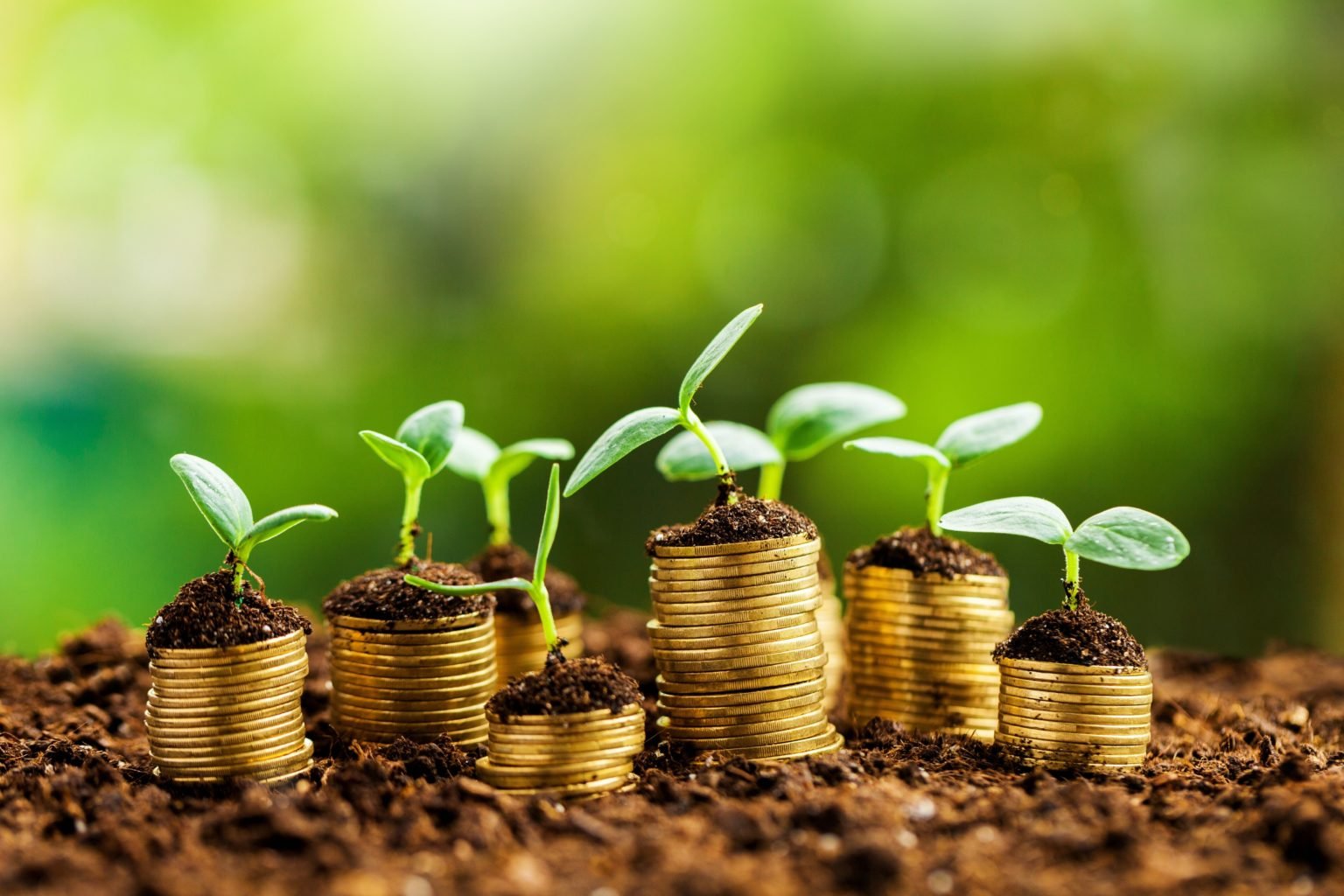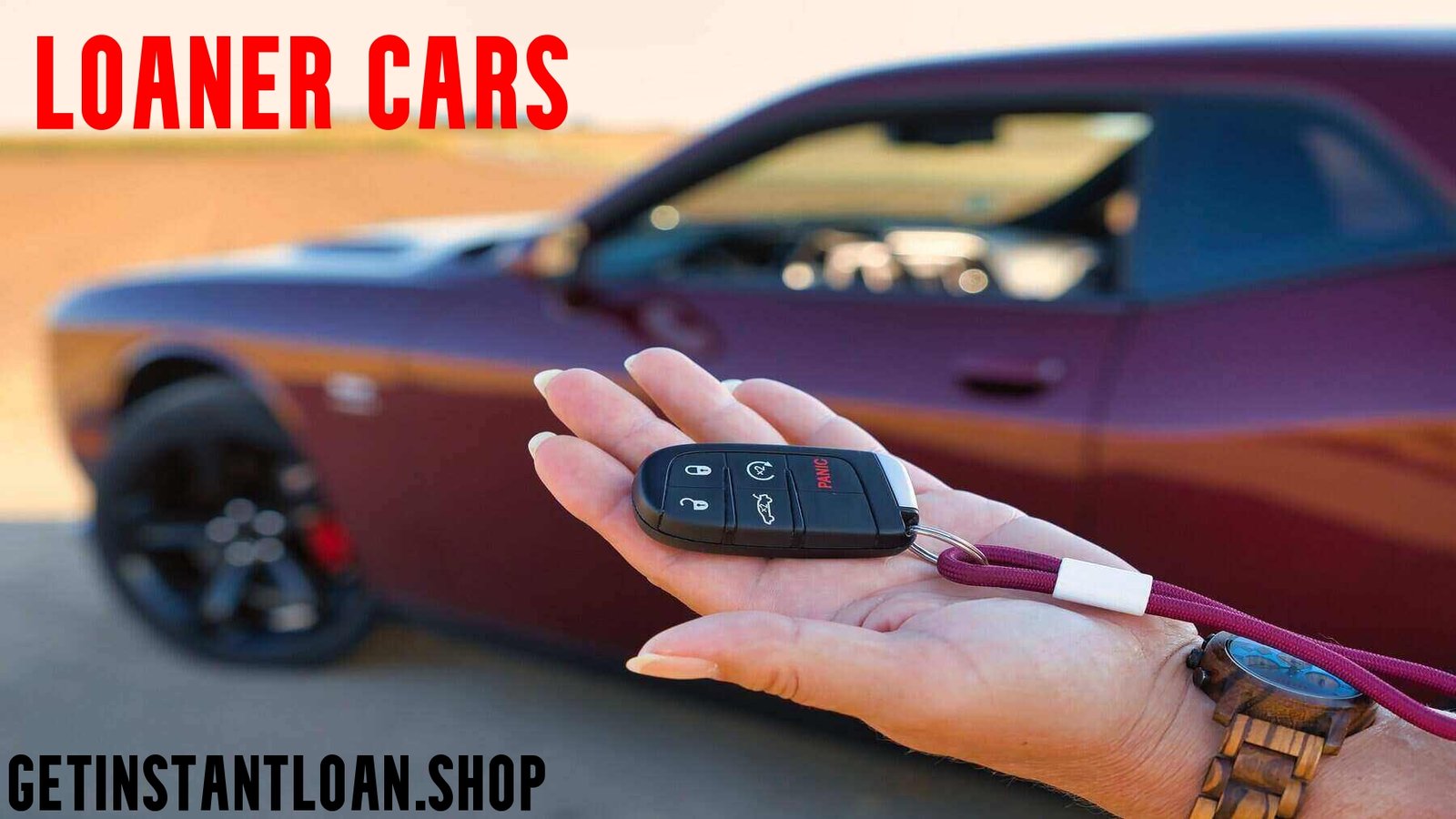Greenline loans, also known as green loans or eco-loans, are a type of financing specifically designed to support environmentally-friendly projects and initiatives. The primary purpose of these loans is to encourage and facilitate the adoption of sustainable practices, renewable energy sources, and energy-efficient technologies.
Greenline loans can take various forms, including:
-
Renewable Energy Loans: These loans finance the installation of renewable energy systems, such as solar panels, wind turbines, or geothermal systems, for residential, commercial, or industrial properties.
-
Energy Efficiency Loans: These loans help fund projects that improve energy efficiency, such as insulation upgrades, high-efficiency heating and cooling systems, energy-efficient appliances, and lighting retrofits.
-
Green Building Loans: These loans support the construction or renovation of buildings that meet specific green building standards, such as LEED (Leadership in Energy and Environmental Design) certification.
-
Clean Transportation Loans: These loans assist in the purchase of eco-friendly vehicles, such as electric or hybrid cars, or the installation of charging stations for electric vehicles.
The primary objective of greenline loans is to provide financial incentives and support for individuals, businesses, and organizations to reduce their environmental impact, lower their energy consumption, and contribute to a more sustainable future.
History and Origins
Greenline loans, also known as green mortgages or eco-friendly loans, emerged in the late 20th century as a response to growing concerns about environmental sustainability and the need to promote energy-efficient and environmentally responsible practices in the housing and real estate sectors.
The concept of greenline loans was born out of the recognition that traditional financing options often failed to account for the long-term benefits and cost savings associated with energy-efficient homes and eco-friendly building practices. Homeowners and developers who invested in sustainable features, such as solar panels, insulation, and energy-efficient appliances, often faced higher upfront costs without immediate financial incentives or recognition of the potential long-term savings.
In the 1990s, a few pioneering lenders and government agencies began exploring ways to incentivize and support environmentally conscious construction and home improvements. These early efforts laid the groundwork for the development of greenline loan programs, which aimed to provide favorable financing terms and incentives for projects that met specific energy-efficiency and environmental criteria.
The first greenline loan programs were introduced in the United States and Europe, with countries like the Netherlands and the United Kingdom leading the way. These initial programs were relatively small-scale and focused on residential properties, but they demonstrated the potential for financial institutions to play a role in promoting sustainable practices while also offering potential financial benefits to borrowers.
As awareness of climate change and the need for sustainable development grew in the early 21st century, greenline loan programs gained momentum and broader adoption. Governments and international organizations began to recognize the importance of incentivizing green building practices and energy-efficient retrofits as part of broader efforts to reduce greenhouse gas emissions and mitigate the impacts of climate change.
How Greenline Loans Work
Greenline loans, also known as energy-efficient or eco-friendly loans, are a type of financing specifically designed to support projects that promote environmental sustainability and energy efficiency. These loans provide funding for homeowners, businesses, and organizations to implement various green initiatives, such as installing solar panels, upgrading insulation, or investing in energy-efficient appliances and equipment.
Eligibility Criteria
To qualify for a greenline loan, borrowers typically need to meet certain eligibility requirements. These may include:
- Proposed project: The project must align with the lender’s criteria for energy efficiency or environmental sustainability.
- Property ownership: Homeowners or commercial property owners may need to provide proof of ownership.
- Credit score: Lenders often have minimum credit score requirements to assess the borrower’s creditworthiness.
- Debt-to-income ratio: Lenders evaluate the borrower’s ability to repay the loan by considering their income and existing debt obligations.
Application Process
The application process for a greenline loan is similar to other types of loans, but with additional documentation related to the proposed green project. Here are the typical steps:
- Project proposal: Borrowers must provide detailed information about the planned energy-efficient or sustainable project, including specifications, costs, and projected energy savings or environmental benefits.
- Documentation: Applicants need to submit standard loan application documents, such as proof of income, employment verification, and credit reports.
- Property assessment: Lenders may require an energy audit or property inspection to evaluate the current energy efficiency and potential for improvements.
- Loan approval: Based on the provided information and the lender’s criteria, the loan application will be reviewed and approved or denied.
Approval Factors
When evaluating a greenline loan application, lenders consider various factors to determine the borrower’s creditworthiness and the project’s viability. These factors may include:
- Credit history and credit score
- Income and employment stability
- Existing debt obligations
- Project cost and projected energy savings
- Environmental impact and sustainability benefits
- Contractor or vendor qualifications and reputation
Repayment Terms
Greenline loans often have flexible repayment terms to accommodate the expected energy savings or cost reductions resulting from the implemented project. Common repayment options include:
- Fixed-rate loans with predetermined monthly payments over a set period
- Energy-saving loans, where a portion of the monthly payment is based on the projected energy cost savings
- On-bill financing, where the loan repayment is incorporated into the borrower’s utility bill
By offering tailored repayment terms, greenline loans aim to make energy-efficient and sustainable projects more accessible and financially viable for borrowers.
Benefits of Greenline Loans
Greenline loans offer several advantages over traditional financing options, particularly for projects focused on sustainability and environmental impact. One of the primary benefits is access to lower interest rates and more favorable terms, incentivizing borrowers to undertake eco-friendly initiatives. These loans are designed to promote projects that reduce carbon emissions, conserve natural resources, or enhance energy efficiency.
Compared to conventional loans, greenline financing often requires less stringent credit requirements and collateral, making it more accessible to individuals, businesses, and organizations committed to environmental stewardship. Additionally, many greenline loan programs offer extended repayment periods, allowing borrowers to distribute the costs over a longer timeframe, improving cash flow and project feasibility.
Furthermore, greenline loans frequently come with attractive tax incentives and rebates, further reducing the overall cost of implementation. These financial incentives aim to offset the upfront expenses associated with green initiatives, such as installing solar panels, upgrading to energy-efficient appliances, or retrofitting buildings for better insulation and water conservation.
Perhaps the most significant advantage of greenline loans is their positive environmental impact. By providing funding for sustainable projects, these loans actively contribute to reducing greenhouse gas emissions, conserving natural resources, and promoting the adoption of renewable energy sources. Borrowers can take pride in knowing that their projects are not only financially beneficial but also play a crucial role in mitigating the effects of climate change and preserving the planet for future generations.
Risks and Drawbacks
Greenline loans, while offering various benefits, also come with potential risks and drawbacks that borrowers should be aware of.
Another drawback is the limited options available in the greenline loan market. While the concept is gaining traction, the number of lenders specializing in this niche is still relatively small, which can limit competition and borrowers’ ability to shop around for the best terms and rates.
Furthermore, greenline loans often have stringent requirements and qualifications that borrowers must meet. Lenders typically conduct rigorous assessments of the proposed project’s environmental impact, sustainability measures, and long-term viability. This process can be time-consuming and may require extensive documentation, adding to the overall complexity of obtaining these loans.
Additionally, greenline loans may have specific restrictions on how the funds can be used, limiting borrowers’ flexibility. Lenders may require that the funds be strictly allocated towards environmentally friendly initiatives, such as energy-efficient upgrades, renewable energy installations, or sustainable construction practices. Any deviation from the approved project scope could potentially lead to penalties or loan default.
It’s also important to note that the greenline loan market is still relatively new and evolving. Regulations and policies governing these loans may be subject to change, introducing uncertainty for borrowers and lenders alike. Furthermore, the long-term performance and risk profile of greenline loans are not yet fully established, as the market has limited historical data to draw upon.
Greenline Loan Providers
Greenline loans are offered by a variety of financial institutions, including major banks, credit unions, and specialized “green” lenders. When considering a greenline loan, it’s important to compare options from multiple providers to find the best rates, terms, and overall fit for your project.
Major banks like Chase, Bank of America, and Wells Fargo all offer greenline loan products tailored to eco-friendly residential and commercial projects. These large institutions can provide sizable loans backed by their substantial assets, though their rates and requirements may be less flexible than smaller, niche lenders.
Many local and regional credit unions have also rolled out greenline lending programs to serve their communities. Credit unions are member-owned nonprofits that often provide more personalized service and competitive rates compared to national banks.
In addition, a number of mission-driven lenders specialize exclusively in financing sustainable projects through greenline loans. Providers like Greenline Lending, EcoWorks, and SunGreen Capital focus specifically on green initiatives and may offer more expertise and innovative loan structures tailored to renewable energy, eco-construction, and conservation efforts.
When evaluating lenders, consider factors like interest rates, fees, repayment terms, approved project types, and overall lending limits. It’s also wise to explore each provider’s specific requirements around energy audits, contractor certifications, and other benchmarks that may be needed to qualify for a greenline loan.
Qualifying Projects
Greenline loans are designed to finance projects that promote environmental sustainability and reduce the carbon footprint. To qualify for a greenline loan, the proposed initiative must meet specific criteria and demonstrate a measurable positive impact on the environment. These projects can range from small-scale residential upgrades to large-scale commercial or industrial endeavors.
One of the most common types of qualifying projects is energy efficiency improvements. This can include installing solar panels, upgrading insulation, replacing outdated appliances with energy-efficient models, or implementing energy-saving lighting systems. These initiatives not only reduce greenhouse gas emissions but also result in long-term cost savings for the property owner.
Renewable energy projects, such as wind farms, hydroelectric plants, and geothermal energy systems, are also prime candidates for greenline loans. These projects contribute to the transition towards clean energy sources and help mitigate the effects of climate change.
Green building and construction projects are another category that often qualifies for greenline financing. This can involve the development of sustainable residential or commercial buildings that incorporate environmentally friendly materials, water conservation systems, and energy-efficient designs. LEED (Leadership in Energy and Environmental Design) certified buildings are a prime example of qualifying green construction projects.
Projects
Additionally, initiatives focused on waste management, recycling, and pollution control can be eligible for greenline loans. This includes projects that aim to reduce landfill waste, implement recycling programs, or install pollution control equipment in industrial facilities.
Examples of funded initiatives through greenline loans include the installation of solar panels on residential homes, the construction of a LEED-certified office building, the development of a wind farm, the implementation of a citywide recycling program, and the upgrade of an industrial facility with energy-efficient machinery and pollution control systems.
Overall, greenline loans provide financial support for a wide range of projects that contribute to environmental sustainability and promote a greener future.
Regulations and Policies
Greenline lending is subject to various regulations and policies aimed at promoting sustainable practices and ensuring responsible lending. These guidelines help mitigate risks, protect borrowers, and align the industry with environmental goals.
On a national level, the Environmental Protection Agency (EPA) has established standards for greenline loan certification. Projects must meet specific criteria related to energy efficiency, water conservation, renewable energy sources, and sustainable materials. Lenders and borrowers must provide detailed documentation and undergo inspections to obtain certification.
Many states have also implemented their own greenline lending policies and incentives. For example, some states offer tax credits or reduced interest rates for certified greenline loans, encouraging both lenders and borrowers to participate in eco-friendly initiatives.
In addition to government regulations, industry associations have developed best practices and voluntary guidelines for greenline lending. These guidelines cover areas such as underwriting standards, risk assessment, and reporting requirements, helping to promote transparency and consistency within the industry.
Lenders themselves often have internal policies and due diligence processes to ensure that greenline loans meet their sustainability criteria. This may involve evaluating the projected environmental impact, conducting site visits, and monitoring ongoing compliance throughout the loan term.
Overall, the regulatory landscape for greenline lending continues to evolve as the industry grows and awareness of environmental issues increases. Staying compliant with relevant laws, guidelines, and certification standards is crucial for lenders and borrowers alike, as it helps to maintain the integrity and credibility of greenline lending practices.
Trends and Growth
The greenline loan industry has experienced significant growth in recent years, driven by increasing awareness of sustainable financing options and a global push towards environmentally-friendly practices. According to industry reports, the market size for greenline loans has expanded by over 20% annually in the past five years, with projections indicating continued growth in the coming decade.
Adoption rates among businesses and homeowners have been steadily rising as the benefits of greenline loans become more widely recognized. Many organizations are actively seeking ways to reduce their carbon footprint and improve energy efficiency, making greenline loans an attractive financing solution. Additionally, government incentives and tax credits for eco-friendly projects have further fueled the demand for these specialized loan products.
Projections from leading financial institutions and market research firms suggest that the greenline loan industry could potentially triple in size by 2030.



